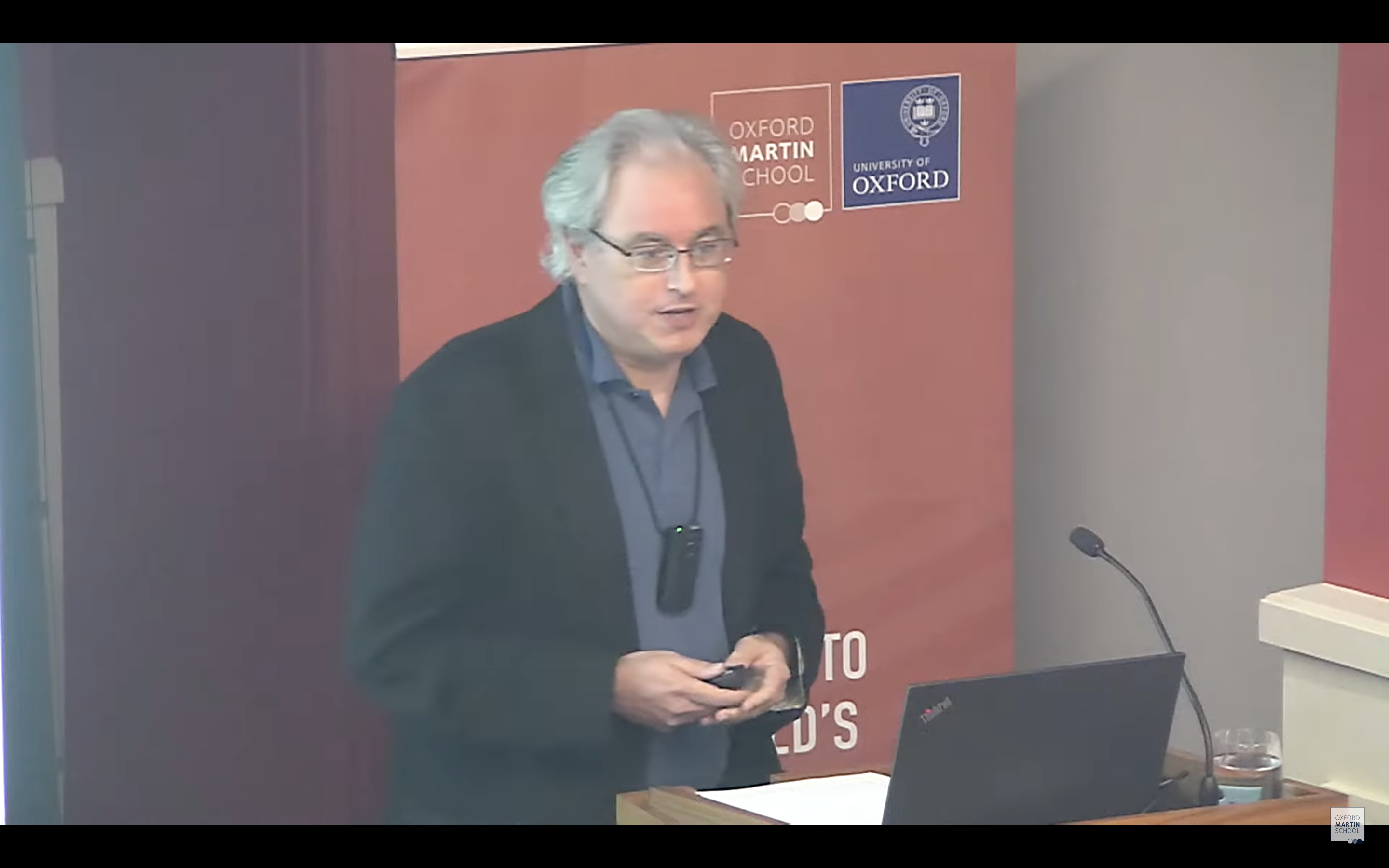I spent last Friday in rural North Carolina, talking with American farmers who employ farmworkers from developing countries. I wanted to get the hard facts on whether or not those workers displace U.S. citizen labor.I spoke with the North Carolina Growers Association (NCGA), the largest employer of documented temporary farm labor from poor countries under the H-2A visa program. Many of the members have been farming that beautiful countryside for generations—producing peaches, mushrooms, yams, tobacco, blueberries, and Christmas trees. I asked them how easy it was to find U.S. citizens to fill their manual agricultural jobs.I was struck mute by what I heard. I’ll let the numbers talk.When last year’s growing season ended, there were 468,000 unemployed Americans in North Carolina. The farmers of the North Carolina Growers Association had over 7,000 manual agricultural jobs to offer to those unemployed North Carolinians in 2011.

- It wasn’t that the jobs were just located in a remote area. The NCGA is a network of 700 farms that spans the state from east to west, and many are an hour’s drive from the Raleigh-Durham metro area.
- It wasn’t that pay was unacceptably low. North Carolina’s elected government has set the state minimum wage at $7.25 per hour. The jobs currently offered by the NCGA pay $9.70 per hour—a 33% premium above minimum wage. The NCGA’s jobs pay well above the average entry-level manual agricultural wage for Americans in North Carolina, which is currently $7.99.
- It wasn’t that unemployed North Carolinians didn’t hear about these jobs. All 7,000 jobs, as required byfederal regulations, were first listed at the state unemployment office, to be offered to any unemployed person who requests agricultural labor. You can go now to the website of the state unemployment office, and see some of the NCGA’s jobs publicly advertised for a two-month period. (Look at “Farming Fishing and Forestry Occupations” in “Region IV” where the sponsoring headquarters of the NCGA is located. To contact the employer, you have to register.) Beyond this, also following regulations, the jobs were advertised in local newspapers.
“If you want to create a real job for a U.S. citizen tomorrow, deport an illegal alien today. It actually works.”That is, Kobach believes that there is a one-for-one perfect substitution between unauthorized foreign labor and U.S. citizen labor. This theory is wildly at odds with the evidence, suggesting that Kobach is either irresponsibly ignorant or deliberately deceptive in his statements regarding the economics of the U.S. labor market. There is no one-for-one substitutability of foreign workers and U.S. workers in American farm jobs, where 25% of the labor force is unauthorized. Almost none of the jobs that the NCGA offered last year received any interest from Americans, and if NCGA farmers had chosen not to fill them with authorized H-2 workers, they could easily have filled all of the same jobs with unauthorized workers. The NCGA tried to find Americans, as it was required to, and it could not.I believe that Americans are generally smart and pragmatic, and can look at these plain facts and rise above fear salesmen’s histrionics—to a higher plain of understanding. The best evidence is that H-2 agricultural laborers from developing countries complement, rather than substitute for, U.S. workers.
Disclaimer
CGD blog posts reflect the views of the authors, drawing on prior research and experience in their areas of expertise. CGD is a nonpartisan, independent organization and does not take institutional positions.





